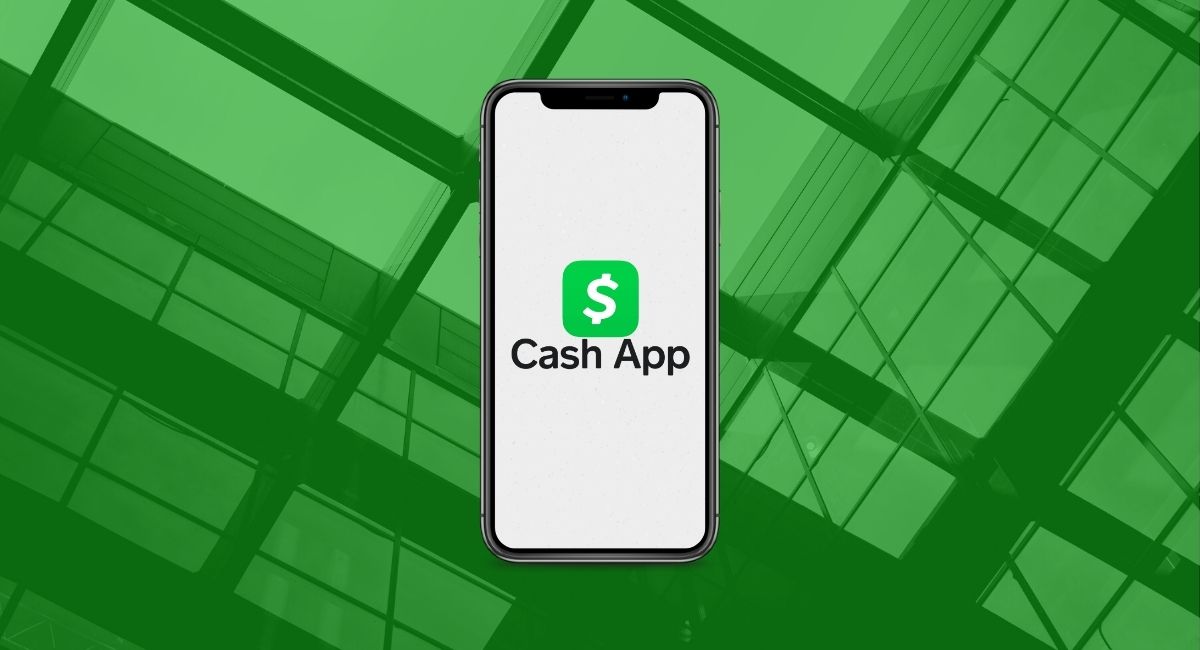At the forefront of digital finance lies Peer-to-peer (P2P) payment applications – such as Cash App – that provide secure, convenient, and instantaneous financial transactions, now essential components. As demand for this form of marketing escalates exponentially, developing P2P payment apps has proven an opportunity to explore.
This step-by-step guide seeks to simplify the development process for P2P payment apps like Cash App. Before diving into technical details, it is imperative that an understanding is gained regarding market dynamics and user expectations that influence its success, these apps must meet rigorous technical capabilities while offering intuitive user experiences with impeccable security features for maximum competitive edge.
Step one of this journey requires extensive market research, identifying specific selling points, and understanding the regulatory landscape. Next comes finding a trustworthy e-wallet app development partner.
This step-by-step guide seeks to illuminate the complex process of developing a peer-to-peer payment app similar to Cash App while offering essential insights into e-wallet app development solutions.
Steps to Develop a P2P Payment App like Cash App
Step-by-step guidelines on creating a P2P payment app similar to Cash App are detailed here.
Market Research and Analysis:
Before getting underway with developing an eWallet app, conducting thorough market research is vitally important. Identify your target audience and assess competitors such as Cash App, Venmo, and PayPal, as well as user preferences, before looking at market trends, regulatory requirements, and potential challenges. This research will be the cornerstone for your app’s features and functionalities.
Define Your Unique Selling Proposition (USP):
To compete effectively in the fiercely competitive eWallet market, P2P payment apps need a unique value proposition to stand out. Whether that be user experience, innovative features, or enhanced security – your USP should clearly distinguish you from competitors, drawing in users while cultivating loyal customer bases.
Define App Development Goals and Scope:
Set clear goals and scope for your eWallet app development project. Define features, functionalities, and the technology stack you plan to employ in its creation, consider cross-platform development options depending on target audiences and budget constraints when choosing between native or hybrid development approaches and whether cross-platform support exists.
Compliance With Regulatory Standards:
Ensure your eWallet app complies with financial regulations and standards by obtaining licenses or permissions to operate legally in regions you plan on targeting, prioritizing user data security over transaction volume, and taking necessary precautions against fraud or unauthorized access.
Select Reliable Technology Stack:
Picking an effective technology stack is vital to the success of your P2P payment app, taking into account factors like scalability, security, and development speed as crucial deciding factors. Popular choices for developing wallet apps are JavaScript, Swift, or Kotlin programming languages with frameworks like React Native or Flutter for cross-platform development.
Designing Experience and Interfaces (UI/UX):
To enhance the user experience, design an accessible and visually attractive UI/UX combination that prioritizes simplicity and user navigation ease for effortless transaction processing. Consider responsive designs that accommodate various device and screen sizes when planning this phase of design work.
Registration and User Authentication:
Create an effortless registration experience by verifying email or phone numbers during registration, then prioritizing user security with robust authentication methods like two-factor authentication (2FA) or biometric recognition such as fingerprint or face identification.
Wallet Integration and Fund Management:
Create an integrated digital wallet system that enables users to securely add funds to their accounts using various funding options, including credit/debit cards, bank transfers, and mobile wallets. Add features allowing them to check balances, view transaction histories, and manage funds seamlessly.
Peer-to-Peer Transactions:
Establish an efficient peer-to-peer (P2P) payment system, enabling users to effortlessly send and receive money among themselves using features like instant transfers, payment requests, and split bills. When conducting these exchanges, ensure all businesses conform to industry encryption and data protection standards.
Notifications and Alerts:
Keep users up-to-date on their transactions by sending real-time alerts of successful payments, pending requests, or other pertinent updates through real-time notifications and alerts. Implement push notifications to increase engagement among your audience members while staying at the forefront of users’ minds.
Security Features:
Put financial transactions first by employing advanced security features. Employ end-to-end encryption to safeguard user information while using fraud detection mechanisms to detect and stop suspicious activities early on. Regularly upgrade your app’s security protocols to stay ahead of potential threats.
Testing and Quality Assurance:
For optimal eWallet app quality assurance, perform thorough testing to identify bugs, glitches, and security vulnerabilities as soon as they arise, conduct usability testing to ensure a seamless user experience, implement automated testing tools to expedite testing processes as efficiently as possible to maintain overall app quality and provide high user ratings for user experiences on mobile wallet apps.
Launch and Marketing:
Plan an efficient launch for your P2P payment app by considering timing, target audience demographics, and geographic region. Create an extensive marketing plan designed to attract users by employing social media, influencer marketing, or any other channel to increase your application’s awareness and downloads.
User Feedback and Iteration:
Reward user feedback as an invaluable way of pinpointing areas that could use improvement and gathering insights into user preferences, with analytics tools tracking user behavior and app performance to stay competitive within an ever-evolving eWallet market. Iterate upon user suggestions based on emerging trends or technological innovations to stay at the top of user satisfaction in an ever-evolving eWallet market.
Continuous Maintenance and Updates:
Regularly update your app to address bugs, introduce new features, and adapt it to market changes. Keep tabs on user feedback and performance to quickly address potential problems while ensuring it complies with regulatory standards and security best practices.
Skills to hire e-wallet app developers
Here are a few essential skills that should be considered to hire eWallet app developers.
Mobile App Development Experience:
A successful eWallet app requires expert mobile app development skills. Look for developers with proven expertise in developing robust, scalable, and responsive mobile applications on platforms like Android and iOS – to reach a broader user base with their applications.
Security Proficiency:
EWallet security is of utmost importance in an age of increased cyberattacks and digital identity theft, where users trust sensitive financial data into digital wallets.
A qualified eWallet app developer must have experience implementing stringent measures, including encryption protocols, secure authentication methods, and protection from common cybersecurity threats such as PCI-DSS compliance standards, adding extra credibility for their app and services to users.
Payment Gateway Integration:
At the core of an eWallet application is seamless integration with various payment gateways and systems – whether Stripe, PayPal, or others – through seamless development techniques. A skilled developer should possess proficiency at seamlessly incorporating these numerous systems, guaranteeing smooth transactions for an excellent user experience and positive transactions for smooth transactions.
Blockchain and Cryptocurrency Knowledge:
With the rising tide of cryptocurrencies, developers with knowledge of blockchain, smart contracts, and cryptocurrency protocols have an advantage when designing eWallet apps to leverage this emerging technology. Such knowledge enables innovative features that add greater functionality and appeal to eWallet apps catering to this niche audience.
User Experience and Interface (UX/UI) Design:
A user-friendly design is integral to the success of any mobile app – and eWallets are no different. When searching for developers with expertise in UX/UI design, ensure your app offers intuitive navigation so your engagement levels increase and the success of the eWallet increases overall.
Cross-Platform Development Skills:
Hiring developers specialized in cross-platform frameworks like React Native or Flutter could prove essential in expanding market reach by producing seamless eWallet apps compatible with Android and iOS, thus cutting development costs considerably while shortening development times significantly.
Agile Development Practices:
Agile development environments are indispensable for success in the eWallet app market and for meeting dynamic demands. Look for developers familiar with iterative development methods and quick releases, as well as adapting quickly to changing requirements – agility helps ensure flexibility and responsiveness throughout development processes.
Collaboration and Communication Skills:
Effective collaboration and communication are integral to any development team’s success. When hiring developers, look for ones capable of clearly communicating their ideas within teams and understanding the importance of client communication. These traits contribute to creating an enjoyable working experience and are vital to creating positive and productive working environments.
Conclusion
Developing a P2P payment app similar to Cash App requires an intricate understanding of all its steps. Our step-by-step guide offers developers and entrepreneurs an essential roadmap, outlining critical stages from conception through development to deployment and providing valuable insight to accelerate growth while producing robust applications with user-friendliness in mind.
An essential aspect of this effort lies in recognizing the criticality of security, user experience, and scalability for any app’s success. Integrating cutting-edge encryption protocols and following industry best practices are integral in meeting user expectations while creating trust among users.
As digital payments evolve, e-wallet features become increasingly essential to compete effectively in the market.
Therefore, to stay ahead of competitors, businesses must leverage e-wallet app development services that specialize in creating seamless and secure electronic wallet experiences – these services also play a pivotal role in adding features such as fund transfers, balance inquiries, and transaction history management to elevate the overall functionality of apps.




